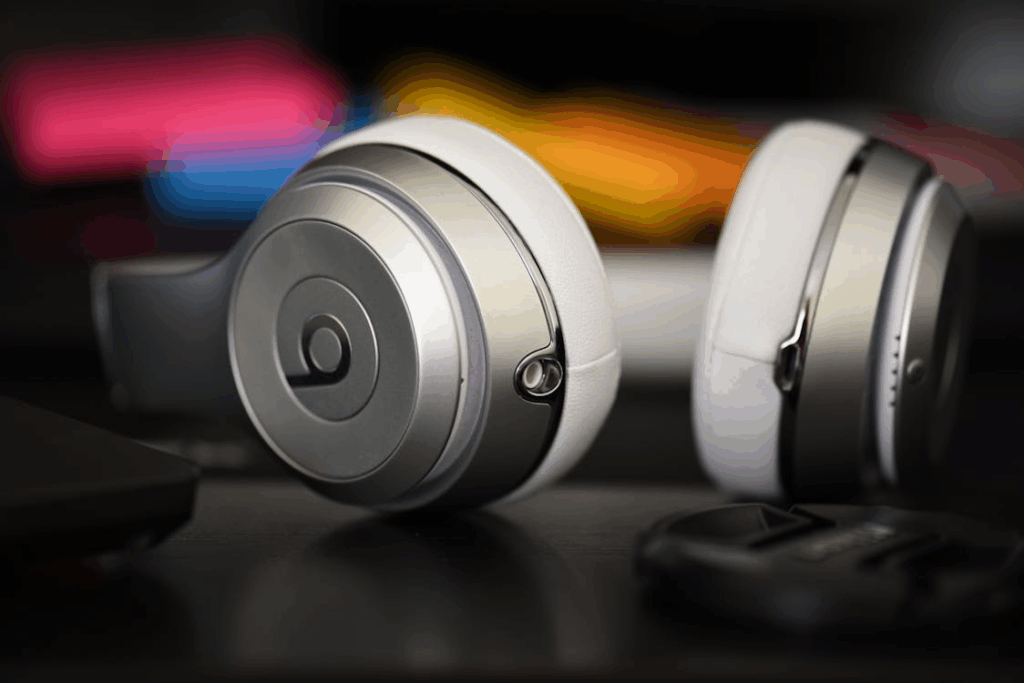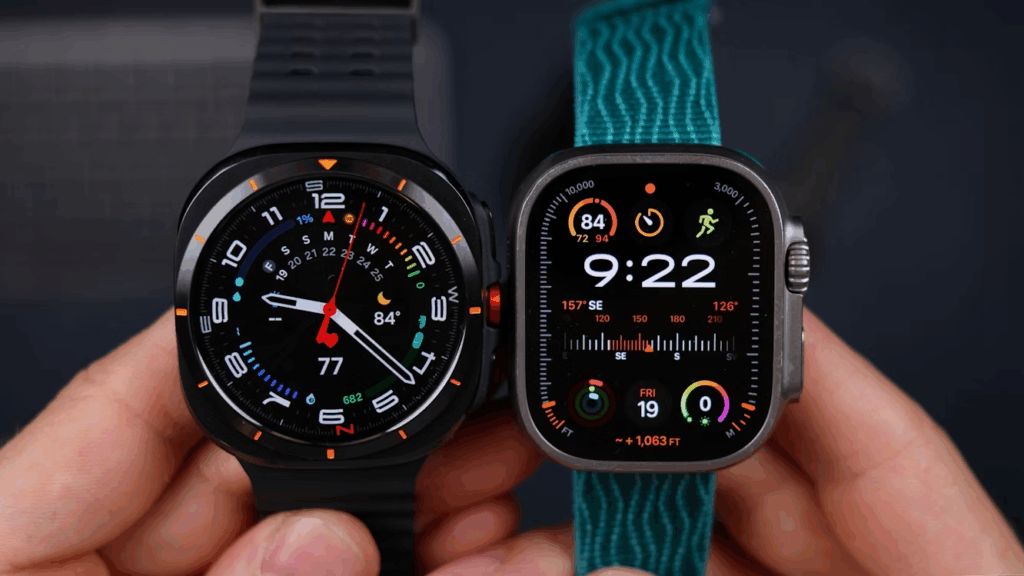For years, the debate between Android and iPhone has been loud and ongoing. Tech enthusiasts argue about processors, pixel counts, and operating system details.
However, if you’re not a techie, what really matters in 2025? Let’s skip the jargon and focus on the differences that everyday people actually notice when using their phones.
Ease of Use and Familiarity
Apple has built its reputation on simplicity. The iPhone remains easy to set up, intuitive to use, and consistent across generations. If you’ve owned an iPhone before, switching to the latest one feels familiar and comfortable. For those who prefer a straightforward experience, iOS offers a user-friendly interface.
Android, on the other hand, offers more flexibility. Different brands, such as Samsung, Google, and Motorola, add their own touches to Android, resulting in variations in the look and feel. Some people appreciate the extra customization options, while others prefer the predictability of Apple’s one-size-fits-all design. The difference comes down to whether you want “it just works” or “I can make it mine.”
Not sure if you even need the newest device? See Do You Really Need the Latest iPhone? A No-Jargon Breakdown for perspective before upgrading.
Messaging and Communication
In 2025, messaging remains one of the biggest dividing lines. iPhones still use iMessage, which integrates smoothly with FaceTime and other Apple services. Messages between iPhones appear as blue bubbles, while texts to Android users remain green. Admittedly, it’s a minor thing, but one that still matters to many.
Android has made significant strides in cross-device messaging, particularly with Google’s RCS system, which offers features such as read receipts and high-quality photo sharing. However, because not every carrier or phone maker implements RCS in the same way, the experience isn’t always as seamless as iMessage. If your friends and family mostly use iPhones, sticking with Apple may keep things simpler.
Photos and Everyday Memories
Both iPhones and Android phones take excellent photos, and the gap between them has narrowed. The latest iPhones continue to excel at capturing natural-looking pictures and video. Android, especially in flagship models like the Google Pixel or Samsung Galaxy, often leads the way in features such as zoom, night mode, or AI photo enhancements.
For most people, the differences come down to personal preference. If you want good-looking photos with minimal effort, the iPhone consistently delivers. If you enjoy experimenting with camera settings or want extra zoom power, Android may be a more appealing option. Either way, both are far beyond what the average person needs for sharing memories with family and friends.
If you’re leaning toward value, see Best Budget Smartphones That Still Feel Premium.
Apps, Updates, and Longevity
Apple’s App Store remains tightly controlled, ensuring that apps generally work smoothly and securely. iPhones also get software updates for many years, sometimes as long as five to six years, keeping older models safe and functional.
Android updates vary by brand. Google Pixel phones receive long-term updates directly from Google, while other manufacturers, such as Samsung, have improved their support but still don’t match Apple’s consistency. That said, Android phones often come in a wider price range, so you can choose a model that fits your budget without sacrificing too much performance.
To get the most from your phone day-to-day, see How to Keep Your Phone Battery Alive Longer.
The Bottom Line: Which Should You Choose?
For normal people, the choice between Android and iPhone in 2025 isn’t about specs. It’s about comfort, habits, and budget. If you value simplicity, long-term updates, and staying in sync with family who use iPhones, Apple remains a safe choice. If you want more variety in price, screen sizes, and customization, Android is the more flexible option.
Neither platform is “better” in every way; they’ve both matured to the point where the real difference is what feels right for you.
Summing It Up
In 2025, Android and iPhone are closer than ever in overall quality. The most significant differences show up in ease of use, messaging, and long-term updates. Most people don’t need to stress about specs or features buried in menus. Both platforms are more than capable of making calls, sending photos, and using apps.
The choice comes down to whether you prefer Apple’s polished simplicity or Android’s freedom to customize and save money. Pick the one that fits your lifestyle, not the one that wins an online debate.




